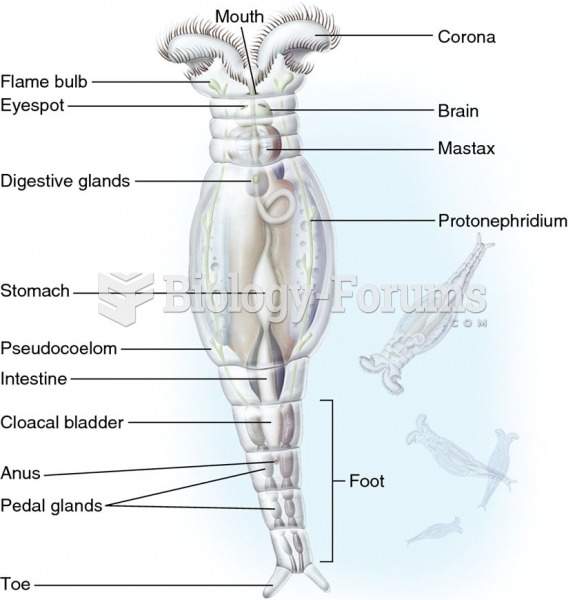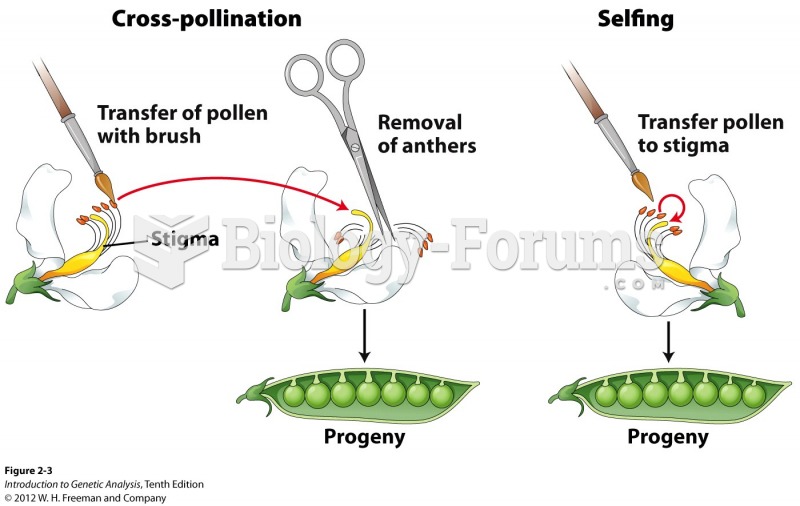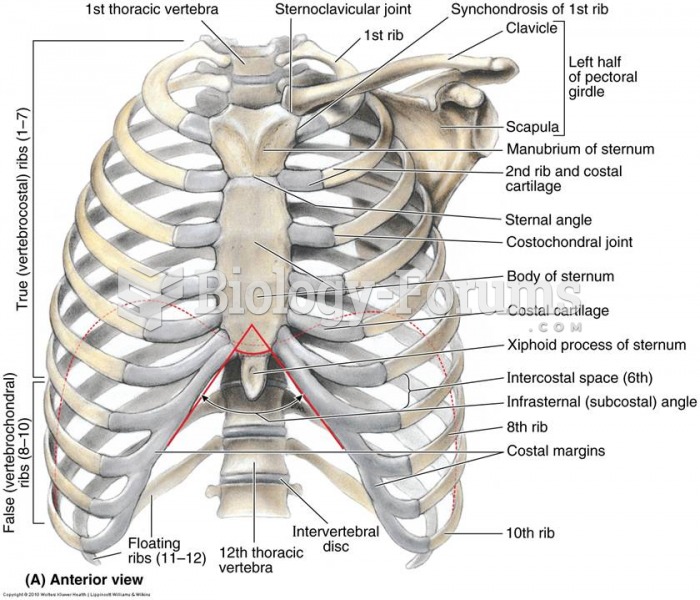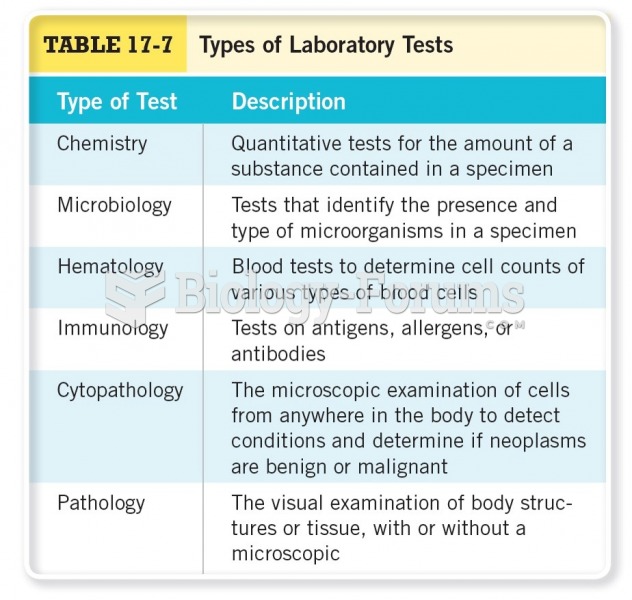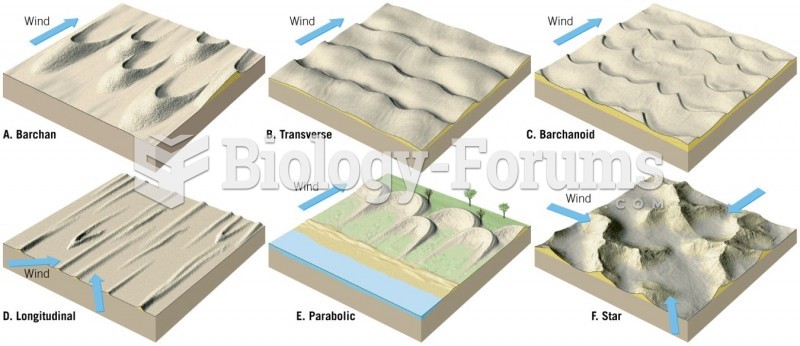Answer to Question 1
The movement of nutrients and other substances across a cell membrane occurs through a variety of processes, which are referred to collectively as transport mechanisms. A transport mechanism that does not require energy (ATP) is called a passive transport mechanism, whereas one that does require energy is called an active transport mechanism. There are three types of passive transport mechanisms: osmosis, simple diffusion, and facilitated diffusion. Osmosis is the diffusion of water molecules across a cell membrane. Fluids in the body contain different types of dissolved substances, referred to as solutes. The concentrations of dissolved substances (solutes) inside and outside the cell determine whether water molecules move into or out of a cell. Specifically, water moves toward a higher concentration of dissolved substances, until the concentration of dissolved substances is equalized on both sides of the cell membrane. Simple diffusion enables a substance to cross a cell membrane from a region of higher concentration to a region of lower concentration without using energy in the process. In simple diffusion, a substance moves without assistance, like a raft floating downstream. In facilitated diffusion, a substance moves passively from a higher to a lower concentration, but only with the assistance of a carrier molecule. Unlike the example of a raft moving downstream with the water current (simple diffusion), you can think of carrier molecules in facilitated diffusion as oars that help guide a boat in a specific direction.Some substances must cross cell membranes against the prevailing concentration gradient, moving from a region of lower concentration to one of a higher concentration. Because energy is needed to pump the molecule across a cell membrane, this type of transport mechanism is considered active. Carrier-mediated active transport is a transport mechanism whereby a substance uses energy to move from a region of lower concentration to a region of higher concentration with the assistance of a carrier protein. The process of carrier-mediated active transport is similar to that of a motorboat because it requires energy to move upstream.
Answer to Question 2
When the process of digestion is complete, nutrients are ready to be absorbed. Nutrient absorption is the movement of nutrients from the lumen of the gastrointestinal (GI) tract into either the blood or the lymph. Although some nutrient absorption takes place through the lining of the stomach, the vast majority of nutrients are absorbed in the small intestine.In the small intestine, microvilli move in a sweeping action to trap and pull nutrients toward the enterocytes that line each villus. During absorption, nutrients move into and out of these cells by both passive and active transport mechanisms. Once absorbed, nutrients enter either the blood or lymphatic circulatory system.Once food has been digested and nutrients have been absorbed, the body's next task is to transport the nutrients throughout the body. This is accomplished by the veins and arteries that comprise the blood circulatory system and the lymphatic vessels that comprise the lymphatic circulatory system. These extensive systems both deliver the nutrients to where they are needed in the body, and aid in the elimination of waste products generated by cells.Upon absorption, water-soluble nutrients enter the bloodstream through the capillaries contained within each villus. Once they reach the bloodstream, water soluble nutrients circulate directly to the liver, giving it first access to the nutrient-rich blood as it leaves the small intestine. The liver then regulates the use of the nutrients to suit the body's needs. Small amounts of some nutrients are stored in the liver, but most either undergo chemical modification or are released directly into blood, and circulated to where they are needed in the body. The lymphatic system also plays an important role in the circulation of fat-soluble nutrients (mostly lipids and some fat-soluble vitamins) away from the GI tract. Each villus contains a lymphatic vessel-a lacteal-through which the nutrients are absorbed. Each lacteal connects to a larger network of lymphatic vessels that circulate a translucent liquid called lymph. Though the circulatory route of the lymphatic system initially bypasses the liver, it eventually empties into the bloodstream where nutrients can be taken up and used by cells.


